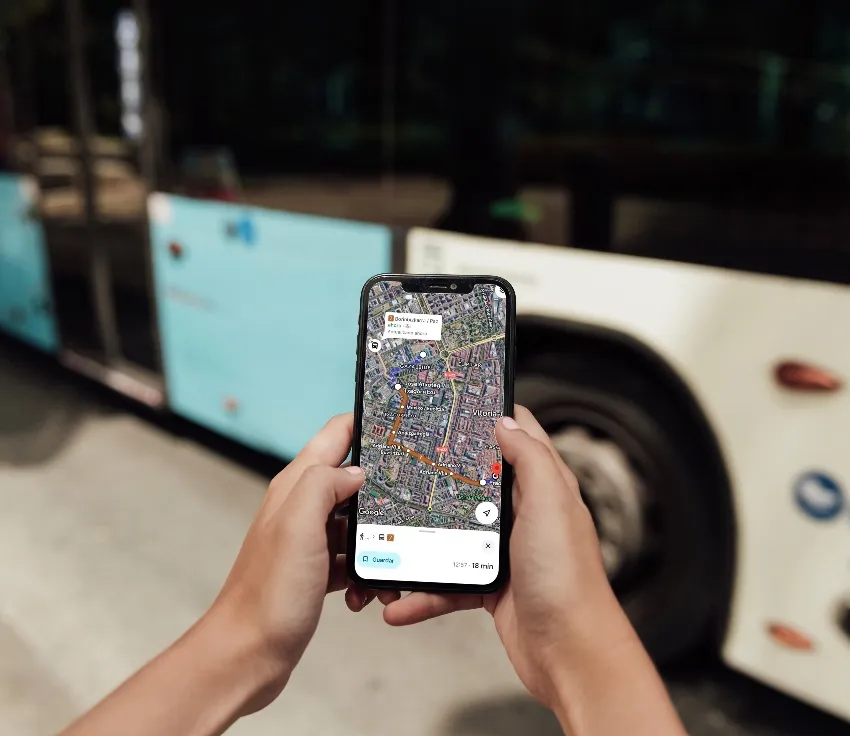New features available in Gewi’s latest TIC software (TIC3) enable organisations to collect ‘Smart Work Zone’ data or integrate Waze data into their traffic operations centres.
New work zone features enable management of all elements of a work zone project, including planning, issuing permits, work zone operation and distribution of work zone traffic information. TIC can also collect real-time information from sensors and devices in the work zone to monitor progress and distribute travel conditions throug
March 13, 2018
Read time: 1 min

New features available in
New work zone features enable management of all elements of a work zone project, including planning, issuing permits, work zone operation and distribution of work zone traffic information. TIC can also collect real-time information from sensors and devices in the work zone to monitor progress and distribute travel conditions through the site.
Also, with the integration of the Waze data format into the TIC Software, public agencies can now integrate Waze data (including on potholes) into their traffic operations centres and track the repair project.










